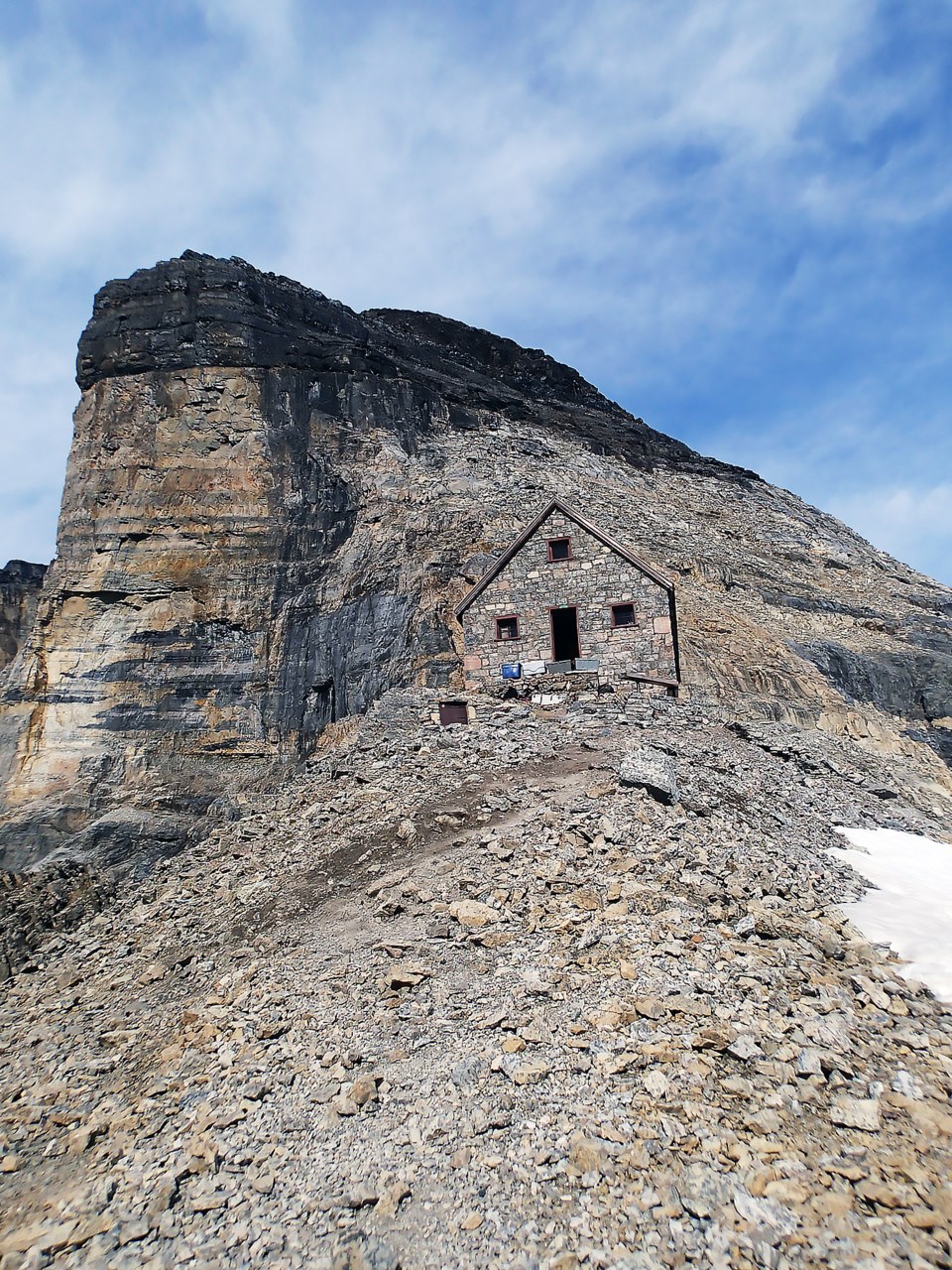The historical preservation and remembrance of key memories in Canada’s past should be among the most important goals for any federal agency.
In ongoing work to preserve and remember the Abbot Pass Hut, Parks Canada and a slew of organizations and countless individuals have undertaken a painstaking process over the past three years of how best to remember the historic cabin.
Built in the first quarter of the 20th Century, the site became more than a roof over people’s heads and a safe refuge for adventure seekers.
It became a symbol for adventurers and the region itself, transcending its four walls and location to be something known across the country.
In the Canadian Rocky Mountains, mountaineering and climbing are among the main activities that bring people to the region. Unique to the area due to its geography, people from across the world flock to the mountains to explore and be part of its culture.
The Abbot Pass Hut was one of the most significant structures in the Canadian Rocky Mountains. Standing for a century at the border of Banff and Yoho national parks, the building stood 2,926 metres above sea level on the Continental Divide.
Built in 1922, it was the second-highest permanently habitable structure in Canada and was named after a climber who was the first recorded mountaineering fatality in North America. Designed by well-known mountaineers Edward Feuz Jr. and Rudolph Aemmer, it was constructed by Swiss guides who used horseback, manpower and winches to get materials to the remote site, using limestone from the pass to construct the building.
It was designated a national historic site in 1992 and was a symbol for the Canadian mountaineering community.
Over the decades, thousands used it as a safe haven when exploring the nearby mountains the hut rested on.
Years of slope erosion due to climate change led to the difficult decision to remove it in 2022 for public safety reasons.
How the historic structure will be remembered will unfold in the coming weeks, months and years, but a potential travelling museum and/or exhibit, a website about the hut and a possible display at the Plain of Six Glaciers are possibilities.
The foundation and plaque at the specific site will remain, but work is ongoing to potentially build a new one in the area by a group of organizations in the Alpine Club of Canada, Lake Louise Ski Area and the Association of Canadian Mountain Guides.
For now, the primary focus is on how best to move forward.
When preserving the past, you usually only get one shot at getting it right.
Though Canada’s past is relatively young compared to European, South American or Asian nations where a 300-year-old building is likely to be considered relatively new, the remembrance of Canada's past is just as important.
To understand where a country and its people are going, they first have to remember where they once were.
Though time-consuming and often costly, the preservation of Canada’s past is worth the money and the work.
When you lose the past, it’s gone and can’t come back.



